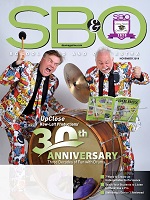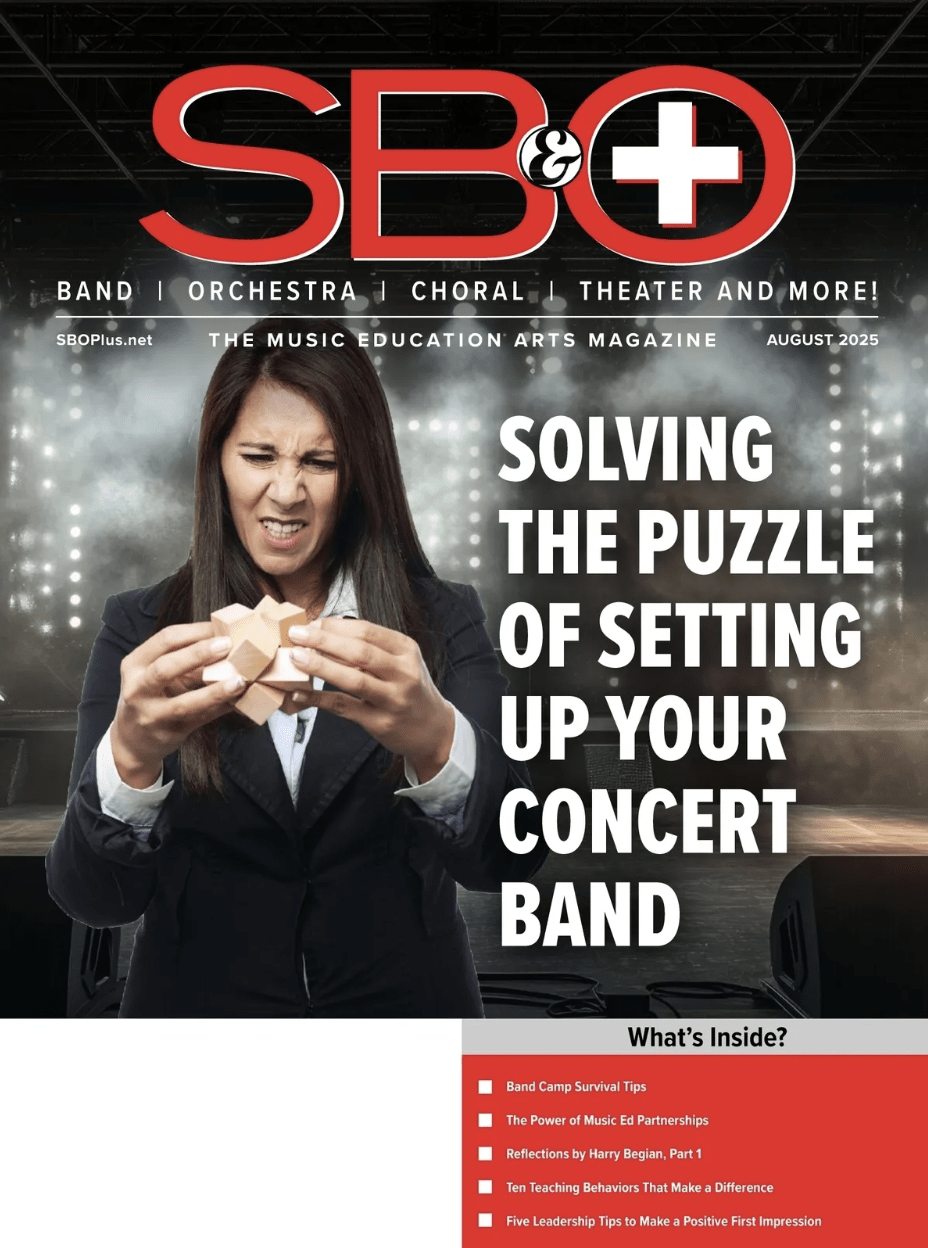The demographic, cultural and economic shifts in America over the past half-century have had significant impact on schools – especially our city schools. Urban schools are quite different than public schools in rural and suburban districts.
The following six factors impact the culture and the way city schoolteachers and administrators make decisions regarding educational activities and services.
- The majority of inner-city children are financially disadvantaged and qualify for free or reduced cost breakfast and lunch at school.
- The residence of most of these children is a rental apartment or home in a densely populated neighborhood.
- The mental and/or physical health problems of parents, foster parents, and grandparents contribute to stress and insecurities that students exhibit at school.
- The lack of access to an automobile is an obstacle that creates ongoing stress and necessitates the daily juggling of time, appointments, activities, and priorities for the parents and guardians of school children.
- Children learn to fend for themselves and protect friends and siblings with the knowledge and skills they acquire from the school, family, streets and community resources.
- Children live with a sense of immediacy in terms of physical and social gratification and may have difficulty with deferred rewards or seemingly intangible life goals. Images of themselves in adult roles may range from low expectations to fantasy careers and wealth.
Music teachers in urban school settings often experience a “disconnect” between their jobs and what was taught or implied in undergraduate education. Several assumptions and practices that characterize instrumental music programs are not as relevant today as they were forty or fifty years ago. The remainder of this article will briefly set forth some assumptions that need a response in terms of their relevance/appropriateness for urban music programs. The observations are based upon the writer’s career experience as a music teacher, director of music in a city, superintendent of schools, and educational consultant.
Assumption
Children will do better the earlier they begin instrumental music instruction in school (i.e. third or fourth grade).
Response
In many urban schools, elementary students are behind their suburban and rural counterparts in basic reading and math skills and may lack the ability to combine the mental and physical tasks required for daily musical practice routines. In many inner-city districts the dropout rates of beginning musicians ranges from 70 to 90 percent before the children enter high schools. There is a huge loss of societal potential if the system, in fact, failed to serve both the child and the teacher. Urban children have precious few opportunities to gain experience that build self-esteem and confidence in learning.
A number of model programs are emerging that indicate that a better use of teaching skills and student motivation can be realized by postponing the beginning of instruction to at least 6th or 7th grade. It is cost effective to provide a quality program that takes advantage of the physical and intellectual maturity of an older child. I’ve personally had experience with two programs that have achieved remarkable results by starting beginners in the 7th grade in class groups of twelve to fifteen that meet 180 days during the school year. The classes are scheduled just like math, science, language, and so on. The courses are for the same/similar instruments in the brass, woodwind, and percussion groups. Bands are not created until 8th grade when the students have mastered introductory technical and sight-reading skills. All instruments are district-owned and maintained, thus assuring equity in making the opportunity available to all children.
Weekly private in-school lessons are provided for 6th or 7th grade beginners using all district owned instruments. The understanding with the child and parent(s) is that the goal is to help the student learn the discipline and routine of daily practice between each lesson. It is understood that the lessons and use of the instrument are made available for a limited time (10 to 12 weeks).
When a student “plateaus” for three or four weeks (has not practiced or learned how to practice effectively), the instruction is terminated with an understanding that the child can start on the same or a different instrument again after a year has passed. Both the parent and child need to meet with the teacher, and possibly the principal or district music director. The termination discussion should minimize any blame placing that could be directed at the student from either the parent or the teacher.
Teachers provided with the opportunity to give private in-school lessons have the satisfaction of seeing their teaching strategies produce results, and the more talented/motivated students develop steadily. Progress is often difficult to achieve when students take small group lessons. With a well thought out schedule, the teacher can start beginners at ten to fifteen week intervals. By the end of the year the teacher may have taught as many students as they would have in small groups. The real value is that the private lesson works for both the teacher and the children. It may, however, threaten teachers who lack fundamental knowledge of certain instruments or the ability to help students learn how to practice. Here is where staff development/mentoring of teachers is critical to the process and program. Teachers who formerly taught in the lower grades will be reassigned to upper grades and be teamed in order to teach the instrument they know best.
Assumption
Children will do better or sustain their initial motivation if they own or are purchasing an instrument.
Response
This is an elitist position that has no place in a public school system. The teachers’ salaries and the classroom space – not to mention the large instruments and percussion equipment, chairs and stands – are paid with public funds. What school superintendent or school board in the 21st century could publicly defend a policy which denies students access to a curricular offering solely on the basis of the student’s ability to own or rent an instrument? Does such a policy or practice imply that poor children should be satisfied with the school chorus if they want to play an instrument? Are children expected to purchase their own computers, microscopes, hand tools, et cetera in other curricular areas?
In consulting with school administrators and board members I have been impressed as to how quickly they see the social justice implications. When they realize that access to the arts in school is difficult for children who don’t have money for instruments, attire, transportation for rehearsals, concerts, field trips, and excursions they start asking better questions.
In considering the importance of district owned instruments it helps build awareness to point out that the major portion of instructional cost lies in teachers’ salaries and benefits. Assume that an average instrumental music teacher’s salary and benefits total $50,000. If the teacher provides instruction to 100 students, the average per pupil cost is $500. Consider that the student model of flute, clarinet, trumpet, trombone and snare drum will cost the school district an average of $450 (with no sales tax). Amortized over 15 years, the per pupil cost would only be $30 a year. It seems logical to spend $30 per pupil in order for all children to have access to $500 of publicly funded instruction.
Assumption
Music offered in public schools is not an academic discipline, but an enrichment activity that enhances learning in other academic endeavors. What is often implied in these assumptions is that high expectations for disciplined study are not that important for the instrumental or vocal program in a public school.
Response
In virtually every state across America there are thousands of college students enrolled in undergraduate and graduate degree programs in music education, composition, performance, music therapy, music industry, recording, and musical theatre. A career in music has always been viewed as a vehicle for social mobility for children who depend on the public schools and state universities for a quality education and the opportunity to contribute to society. Every school district (guidance department) should critically examine and report what percentage of each graduating class pursued degrees in music, as well as other academic disciplines.
Children of any era have identified with role models. In earlier generations it may have been Bob Feller, Joe DiMaggio, Joe Louis, Hank Williams, Stan Kenton, Clark Terry, Frank Sinatra, or Julie Andrews. Educators need to be aware of contemporary role models that attract youth, and build upon their interests with formal and informal learning experiences. The power and attraction of the arts in education is nurturing and affirming individuals in the process of becoming more of who they already are.
The majority of parents are not aware of the career opportunities available in music – in teaching, music industry, the military, entertainment, human services, and performance. The tragedy comes when we, as educators, take short-cuts don’t provide the appropriate building blocks for children.
This year alone I saw how shocked and disappointed two high school seniors were to find out that: Being an excellent player on drum set was not sufficient for admission to a state university school of music because the audition required skills with timpani, snare drum and mallets; Having been an outstanding singer/actress in school musical productions was not sufficient for admission in music education as a voice major. This student and her parents were both crushed and angry to learn that no one had discussed with them or their child that classical repertoire, piano skills, and sight reading were requisites for a student planning to major in voice in college.
Assessment Measures
Music teachers working with administrators can use some unsophisticated measures to answer some of questions raised in this overview of strategic issues facing urban music programs. To determine the degree to which the instrumental music program provides equity for disadvantaged children a simple technique may be employed.
- Determine the percentage of students that are eligible for free and reduced lunch and compare with the percentage of that category of students enrolled in the elementary, middle school, and high school bands and orchestras.
- Determine attrition rates by figuring out the number of instrumentalists in grades four through six, seven through nine, and ten through twelve. Arrive at a consensus involving teachers and administrators as to the factors, which have the greatest impact on attrition and retention at the three levels.
- A method to determine whether the traditional approaches work in a city district would be to compare the numbers of students enrolled in city high school bands and orchestras with the numbers of band and orchestra students in a few nearby suburbs. Compare the number of elementary and middle/junior high teachers employed as instrumental teachers. It is not unusual to find that suburban districts create more band students per teacher than do the urban systems. If this is the case, then there needs to be a discussion as to how organizational practices and system issues impact the opportunities for children to successfully participate in instrumental music throughout high school.
Dr. Richard Ford is the founder and executive director of Signature Music Camp. His career includes elementary and secondary music teaching, director of music in a city, superintendent of schools and educational consulting. He is the director of Signature Syracuse, a model urban music education program. Dr. Ford can be contacted at 315- 478-7840 or contact@signaturemusic.org



























